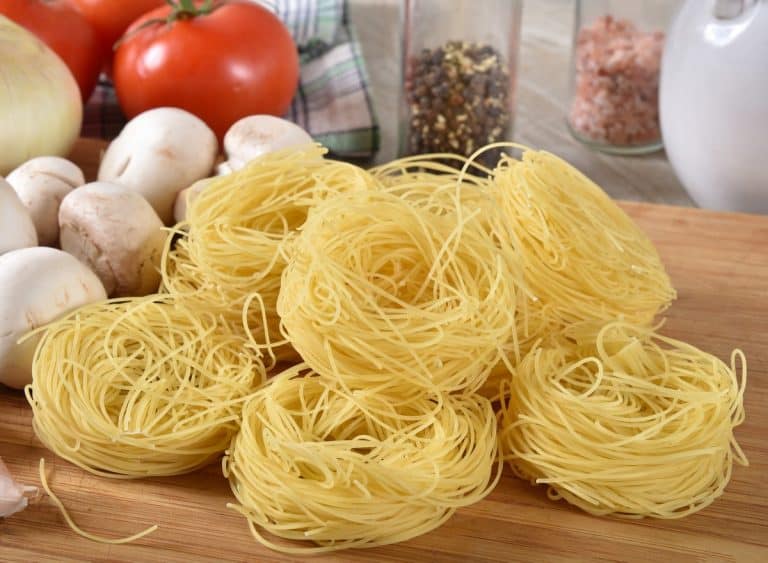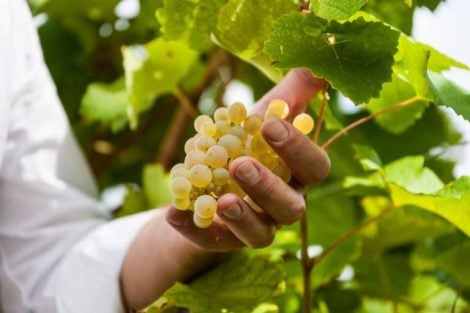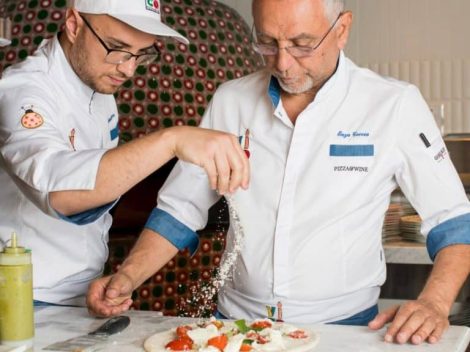A dive back into the 1990s, when the health craze began to radically change our eating habits. And so even pasta, preferably a bit light... maybe very fine? Capelli d'Angelo, for instance, ultra-thin strands to eat with broth or some fresh tomato, are becoming increasingly hard to find today. There was a time when they were quite popular, even abroad, but like all trends, this one faded. However, The New York Times has now decided to celebrate this curious pasta shape, perfect for scorching summer days.
Capelli d'Angelo, the perfect Summer dish
An article by Emily Weinstein pays homage to capellini with a recipe by Dan Pelosi, a newspaper contributor and content creator with thousands of followers, famous for his meatballs and traditional Italian recipes. He dresses the pasta strands with extra virgin olive oil, butter, garlic, herbs, and datterini tomatoes, describing it as “the perfect dish for a midsummer dinner,” writes Weinstein, who advises against cooking it al dente given the fineness of the pasta. In any case, care must be taken with the consistency, as capellini can easily overcook, turning into a difficult-to-handle mass. No heavy sauces, “save your eggplants and sausages for a less delicate pasta.”
The pasta for new mothers
Also known as capelvenere, maccaruniciociari, gramigna, or ramiccia, Capelli d'Angelo in Italy is one of the most commonly used pastas for soups and broths. These very fine noodles are widespread throughout the country, especially in Liguria and Lazio, mentioned in texts as early as the 17th century. They were born in medieval monasteries, where nuns used to prepare them for the sick or new mothers. Among the various written testimonies is that of historian Alessandro Moroni, who in Il Lazio a tavola, a gastronomic guide through history and traditions, describes the custom of bringing the pasta as a gift to new mothers: “And immediately after, carried by numerous bearers, one would see the 'new mothers' pavilion' reigning, a grandiose contraption with bizarre designs, entirely covered with long rows of tagliolini or other egg pasta.”


 Non-alcoholic wines? Call them what you want, but they’re still a derivative of wine.” An Interview with Martin Foradori
Non-alcoholic wines? Call them what you want, but they’re still a derivative of wine.” An Interview with Martin Foradori The 8 best Trentodoc wines chosen by Gambero Rosso
The 8 best Trentodoc wines chosen by Gambero Rosso A Piedmont wine enters the top ten of Wine Spectator's "Top 100"
A Piedmont wine enters the top ten of Wine Spectator's "Top 100" Sparkling wines surpass still wines in Italian out-of-home consumption. Most popular during the aperitif
Sparkling wines surpass still wines in Italian out-of-home consumption. Most popular during the aperitif American Barbecue wins a Michelin star for the first time in history
American Barbecue wins a Michelin star for the first time in history






